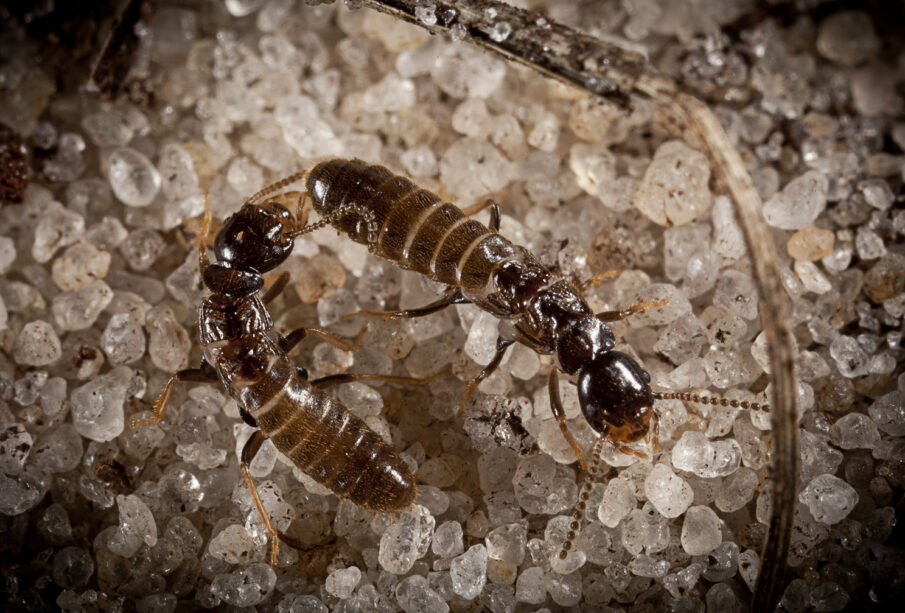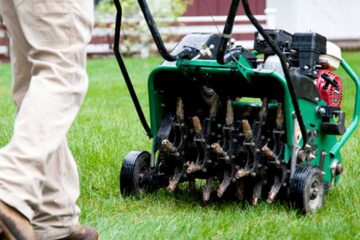Termites vs. Ants: Spotting the Difference to Save Your Home

Tiny insects can cause a lot of damage to your home if you do not remove them. The two most common problems causing insects are termites and ants. They look alike, which may confuse you at first sight, but these pests have different characteristics and behaviors. Understanding the difference can help you protect your home in a better way.
If you are having trouble dealing with pests in your home, then contact a professional like the ones at the Exterminator in Little Elm. They will check your home to identify the pests and use proper measures suitable to remove these pests from your home, keeping you, your family, and your home safe.
By reading this article, you can learn how to identify termites and ants based on their appearance and behaviors and how they damage your property. By the end, you will have a better understanding of how to spot early signs and when you should get professional help to keep your home safe.
Appearance: Distinct Physical Features
One of the most common methods to tell the difference between termites and ants is by physical appearance. Small differences in wings, body shape, and antennae distinguish the pest species.
Wings
Termites have two pairs of wings of equal size and are flat over their body when they are at rest. Ants, on the other hand, have uneven wings, with the front pair longer than the pair at the back. This asymmetry is the main feature that can help you differentiate between both.
Body Shape
A termite’s body is broader and straight. They do not have defined waistlines, which gives them a uniform appearance. Ants have a narrower, segmented body and a distinct pinched waist, which makes them easier to differentiate when you look closely.
Antennae
Termites have straight, bead-like antennae, whereas ants have best or elbowed antennae. This may look like a small difference that people overlook, but it is important to identify.
Being able to identify these physical differences can be the first step in beginning to take action regarding a potential infestation.
Behavior and Habitat: Clues to Identification
The behavior and habitat of termites and ants can tell a lot about what kind of pest you are dealing with. It is important to observe their nesting and feeding patterns.
Nesting Habits
Termites usually make their colonies in wood or underground and only make their damage visible when a lot of damage has occurred already. They prefer moist, hidden places. Ants, on the other hand, tend to dig into soil or wall crevices or live near food that is easily seen.
Diet
They feed only on cellulose that is present in wood, paper, and other plant materials. This diet is what makes them dangerous for your home. This diet is what makes them so dangerous for homes. Ants are omnivores and feed on sugary foods, proteins, and even other insects.
Activity Patterns
Termites are always active and eat wood 24/7. Ants, on the other hand, have a daily routine, and they become very active in warmer parts of the day.
Knowing these behaviors helps identify and locate infestations so that proper intervention can be done before significant damage is done.
Damage Patterns: The Aftermath of Infestation
The damage caused by termites and ants is usually different and can provide clues about the kind of pest causing the damage. Early detection is important for minimizing repair costs and keeping your property safe.
Wood Damage
Termites eat wood from the inside, create empty spaces, and leave a honeycomb-like appearance. The wood can make a sound if it is tapped as it is hollow. Carpenter ants can be mistaken as termites as they make tunnel-like structures in the wood but do not eat them, which makes them less harmful.
Droppings and Debris
Termites leave small pellet-like drops called frass, which you can easily locate near infested areas. Carpenter ants can produce sawdust-like waste near their entry points. It is important to spot these materials to find an active infestation.
Act Now to Protect Your Home
If you find signs of pest infestation, then take action as soon as possible to remove these pests before they cause damage. Contact a professional pest control service. They can help you in removing these pests and protect your property.











